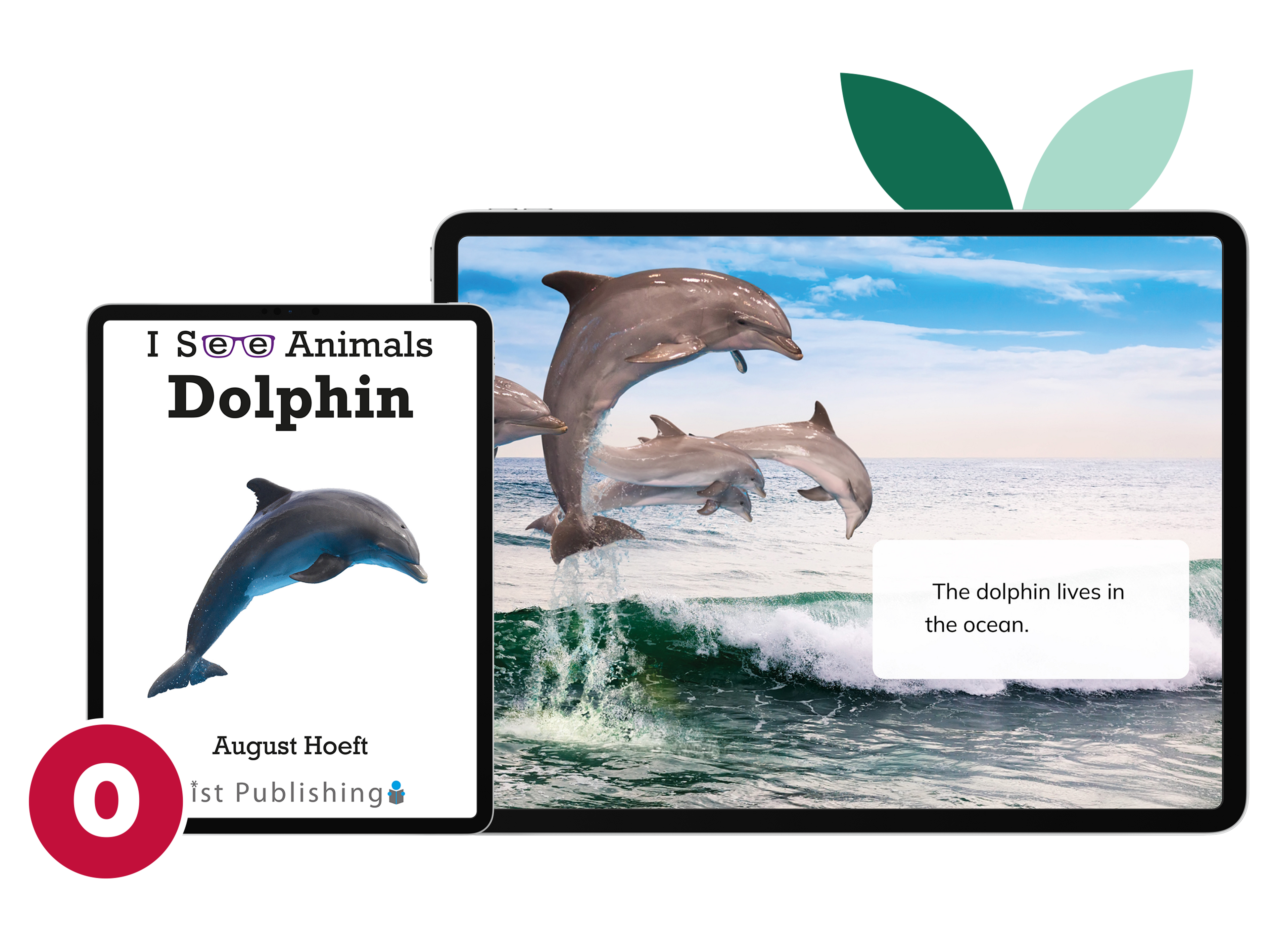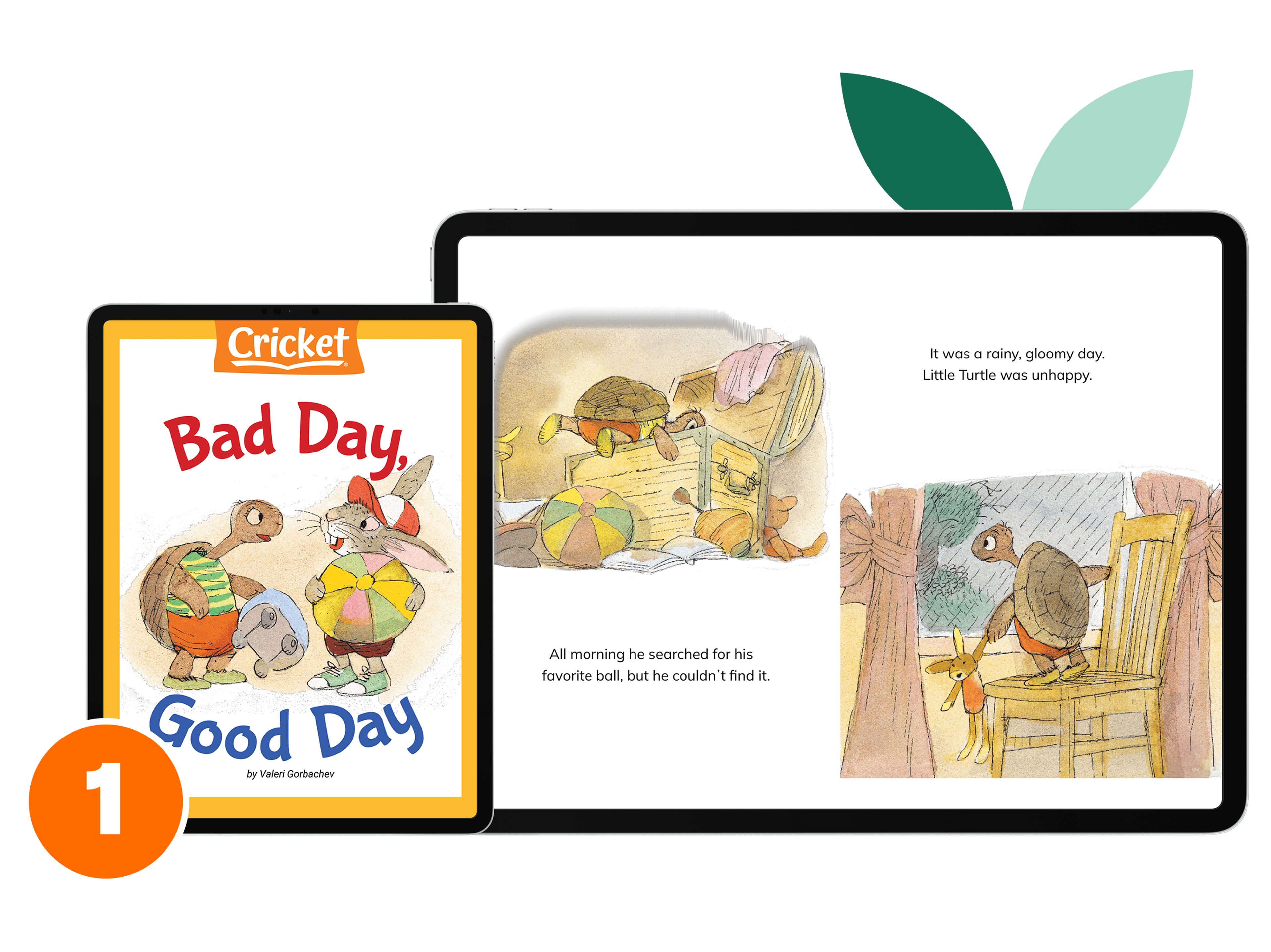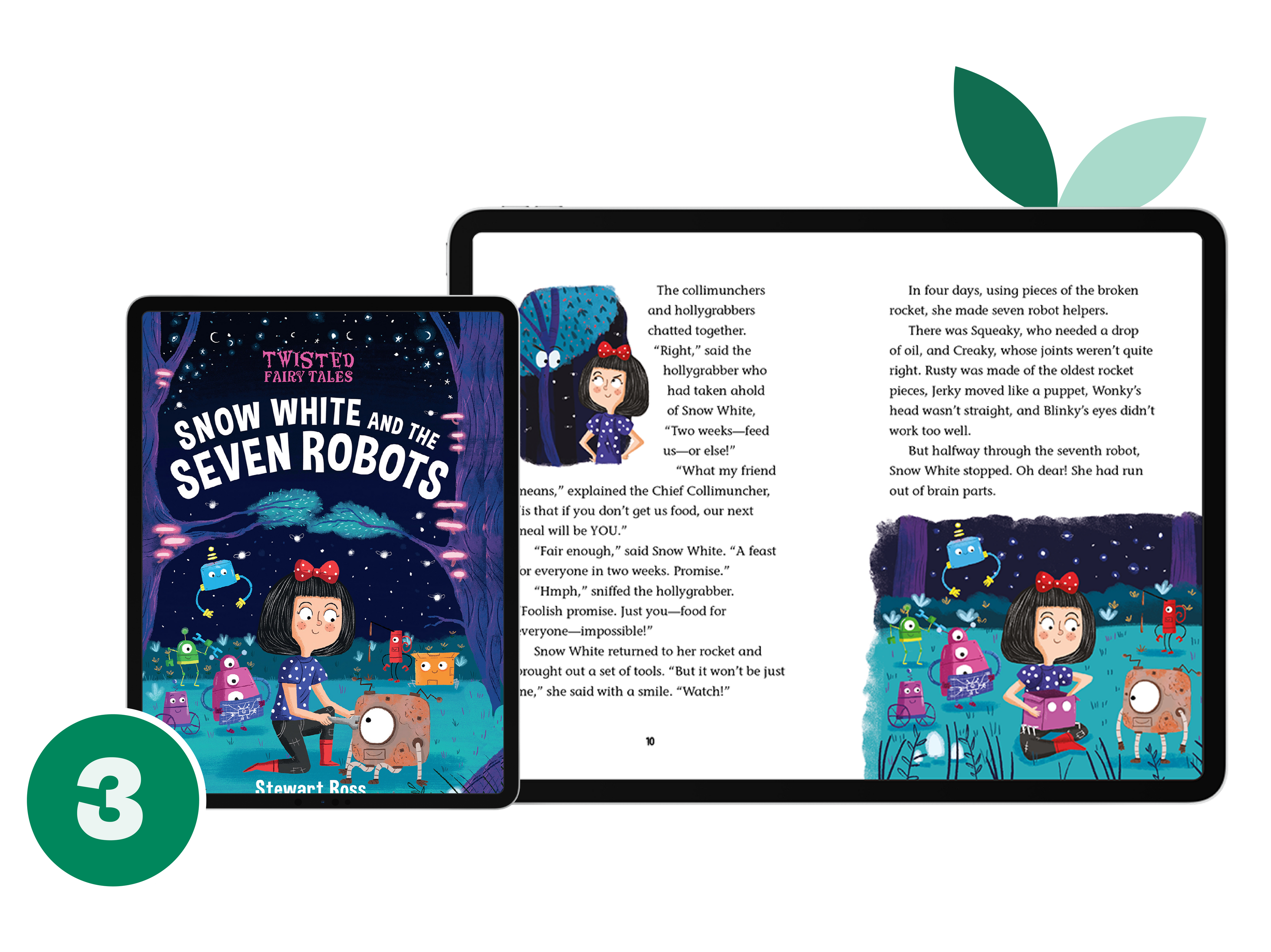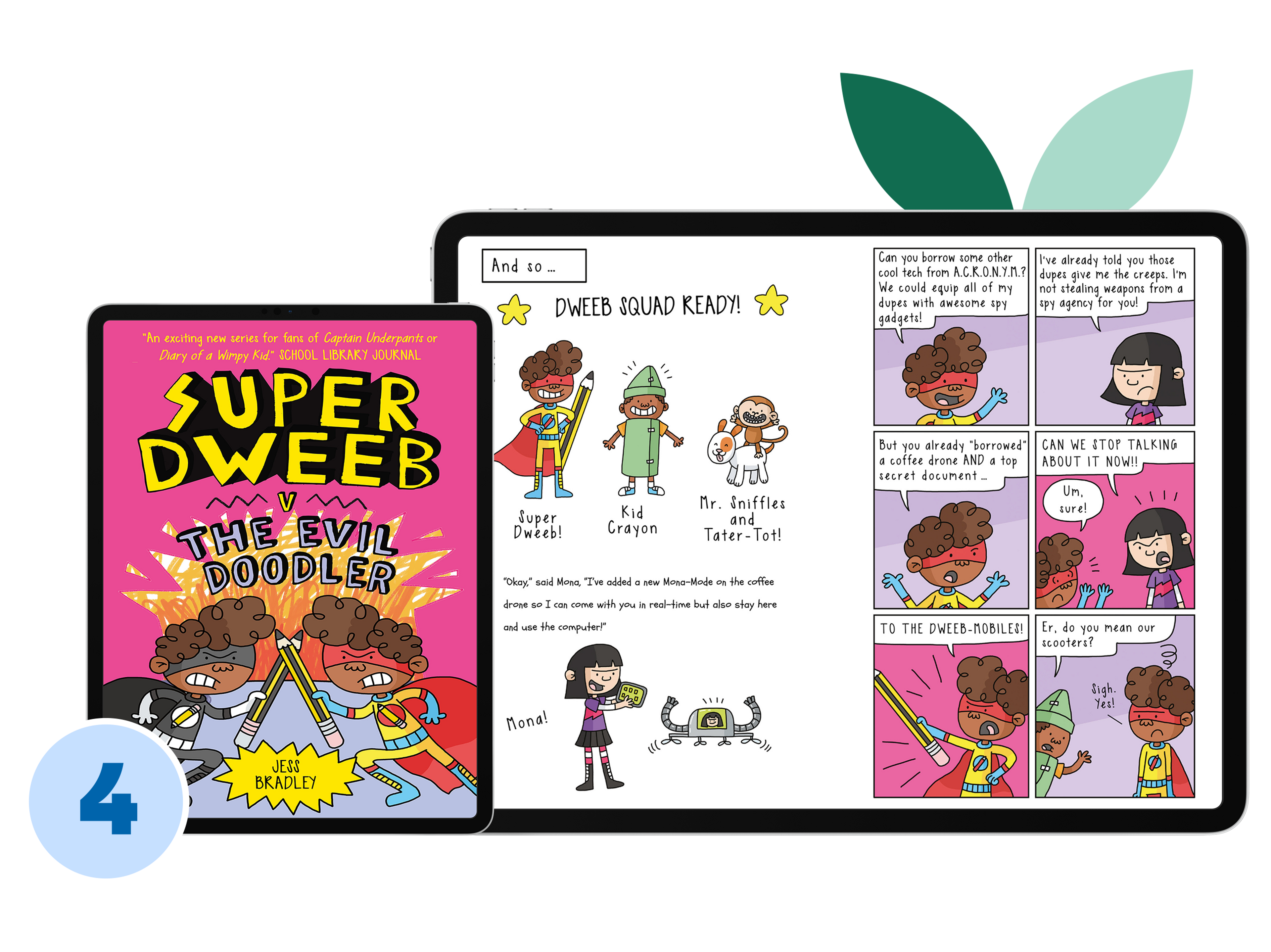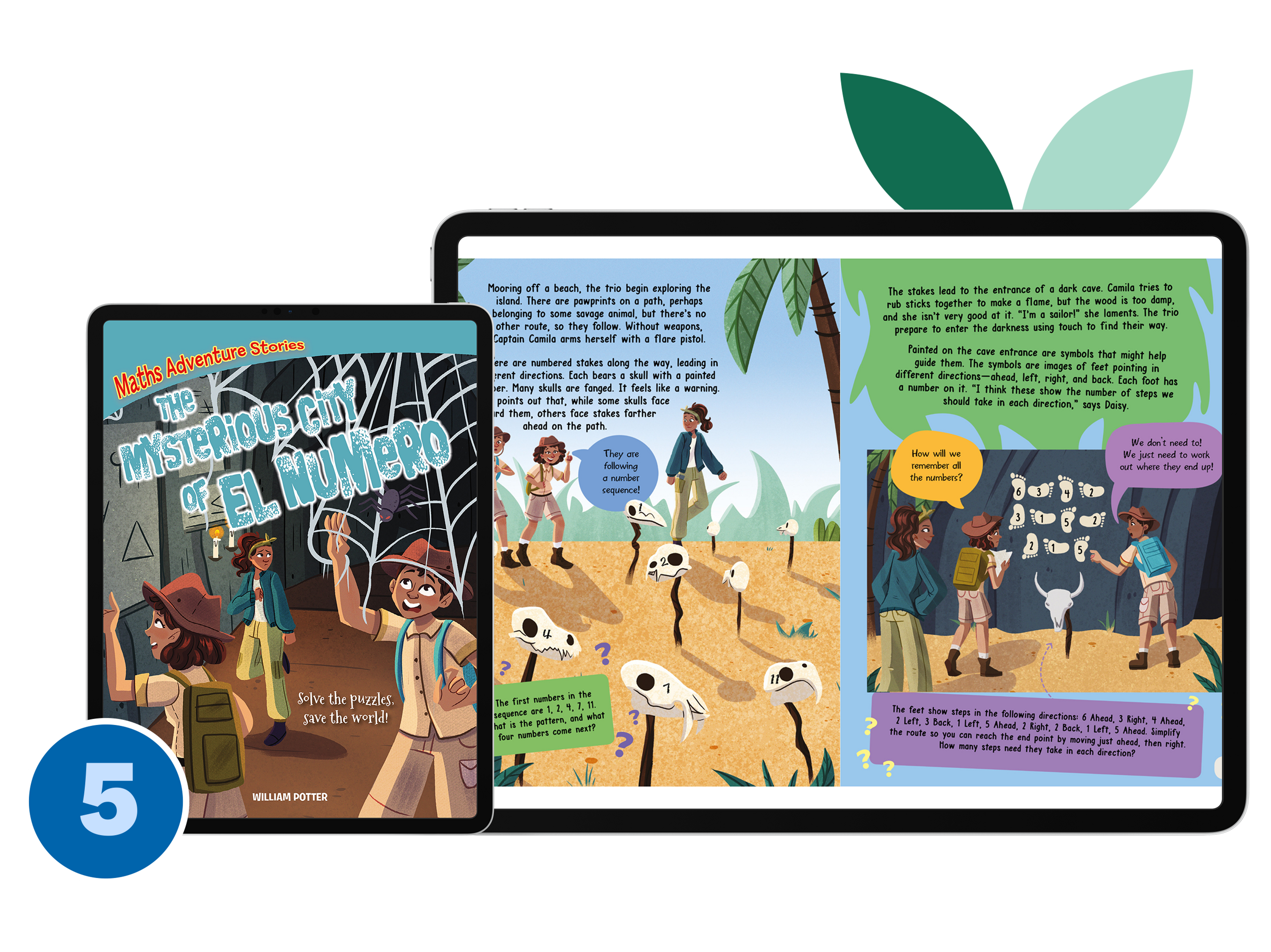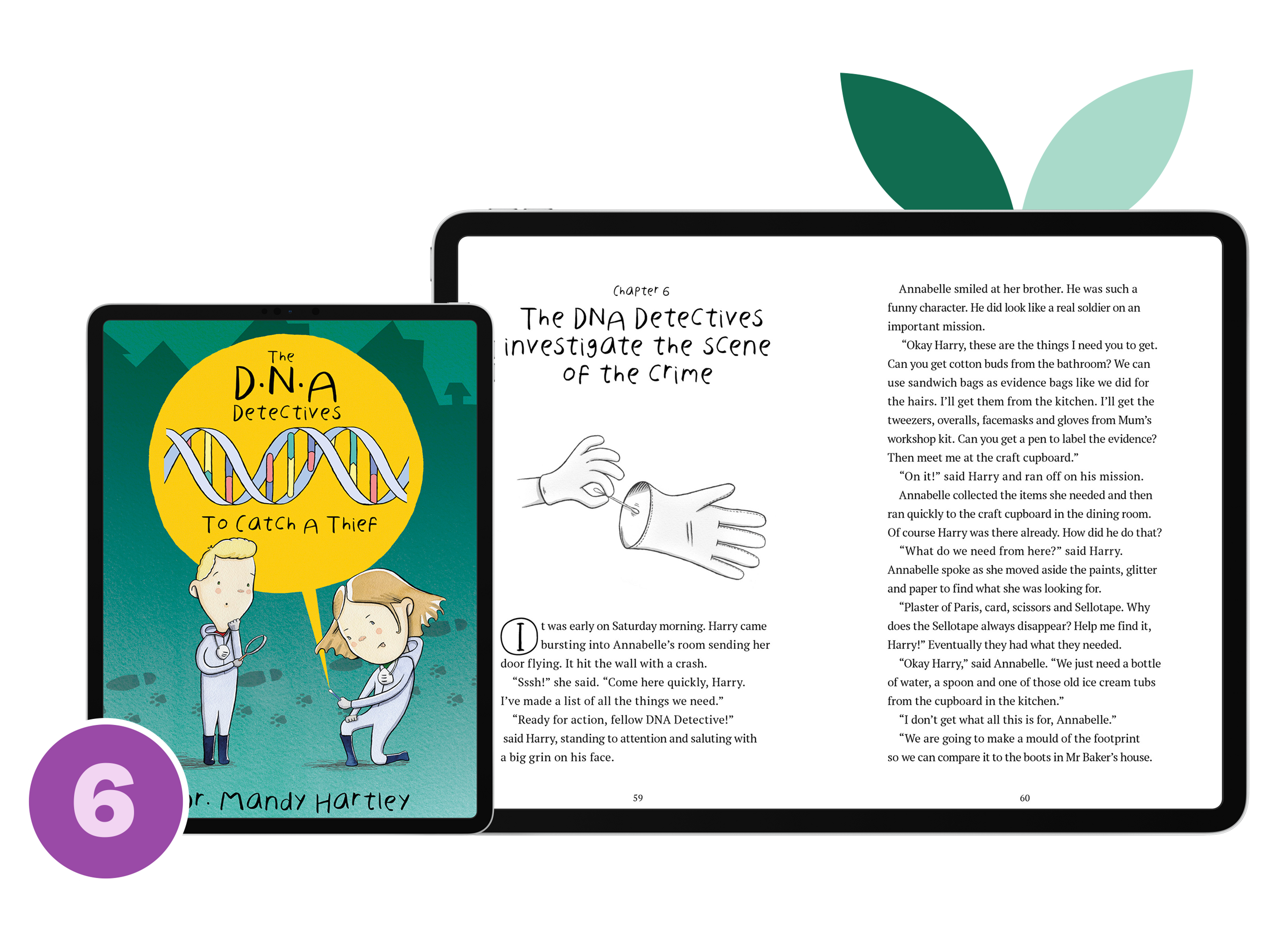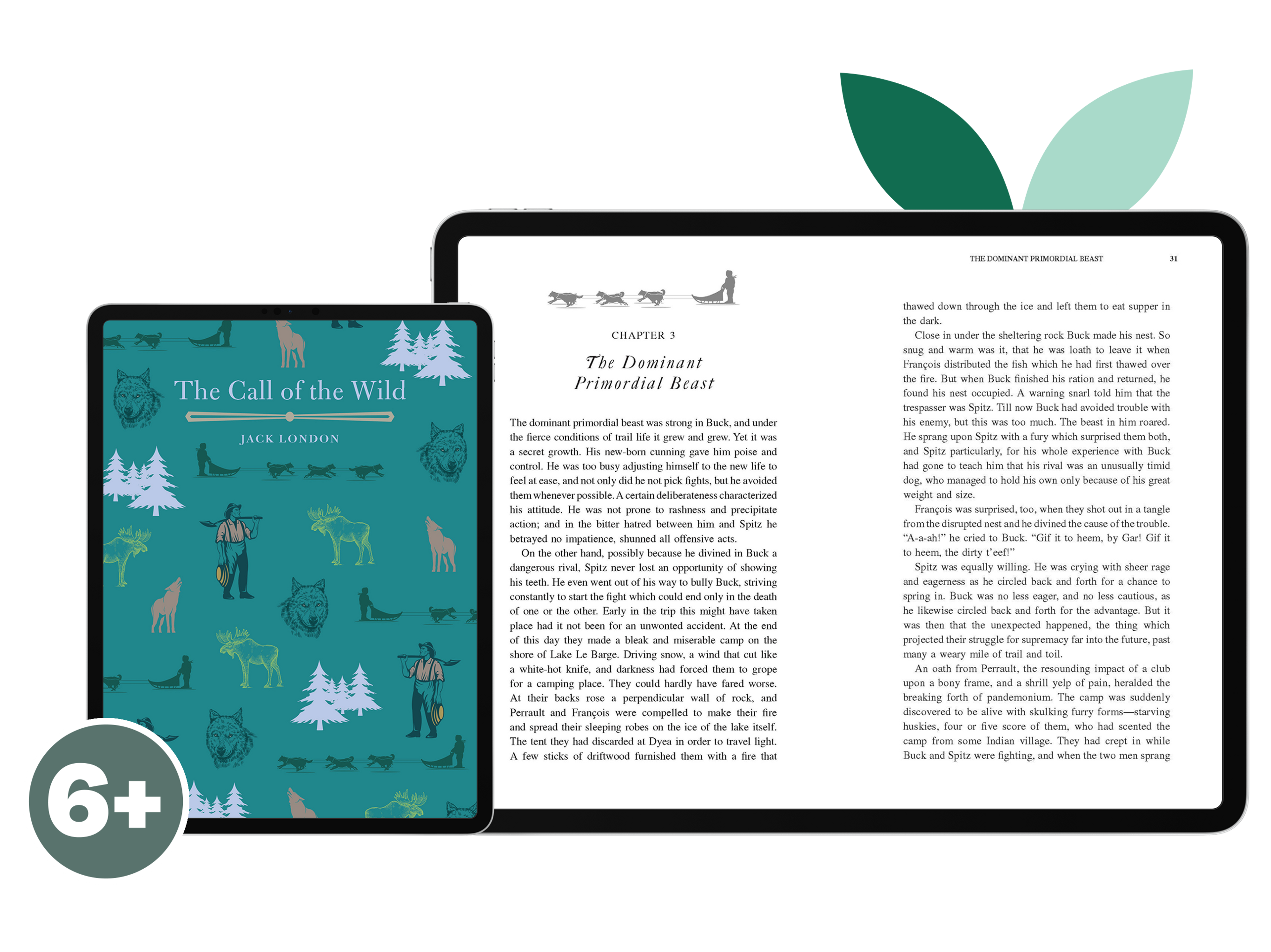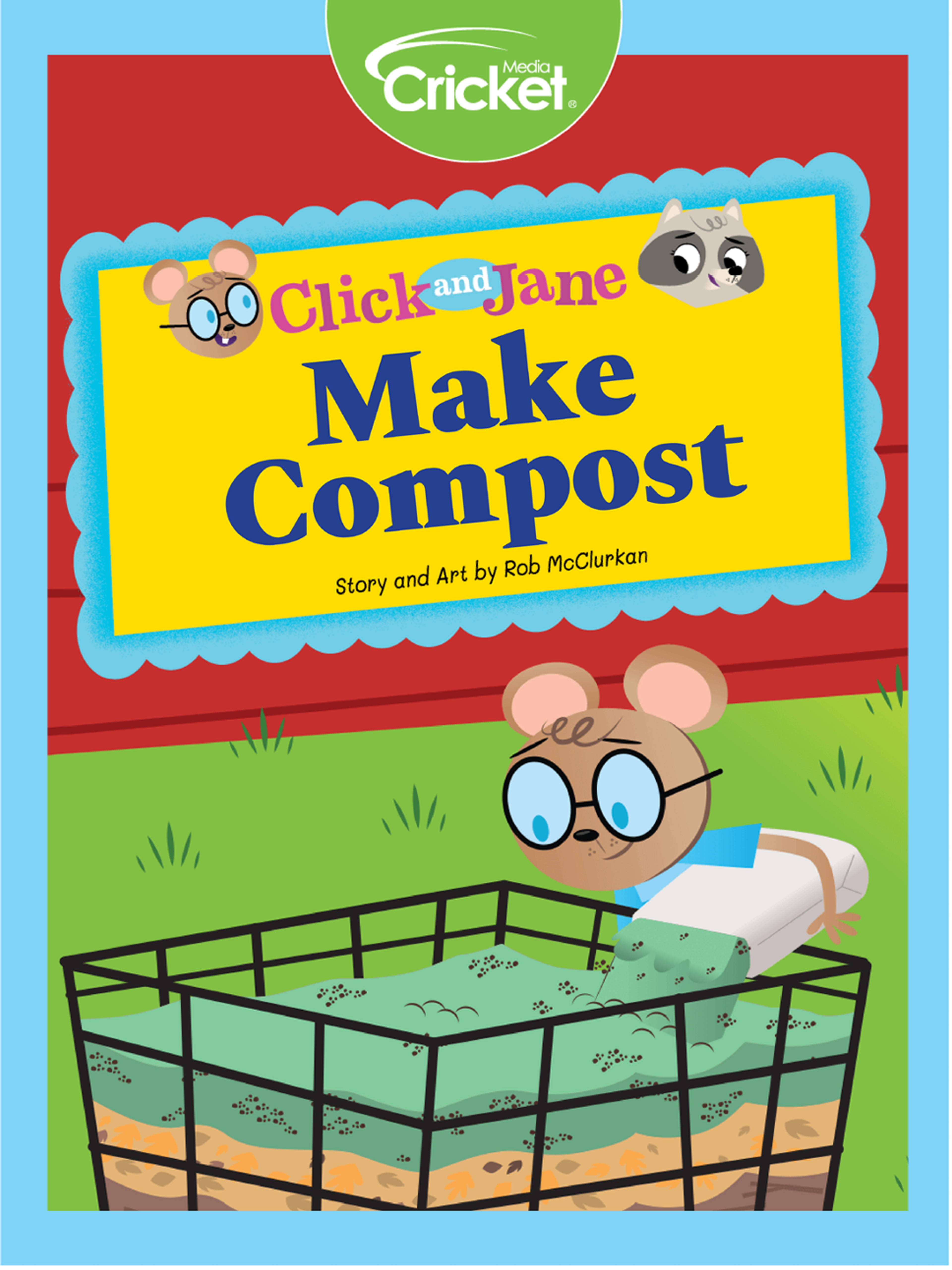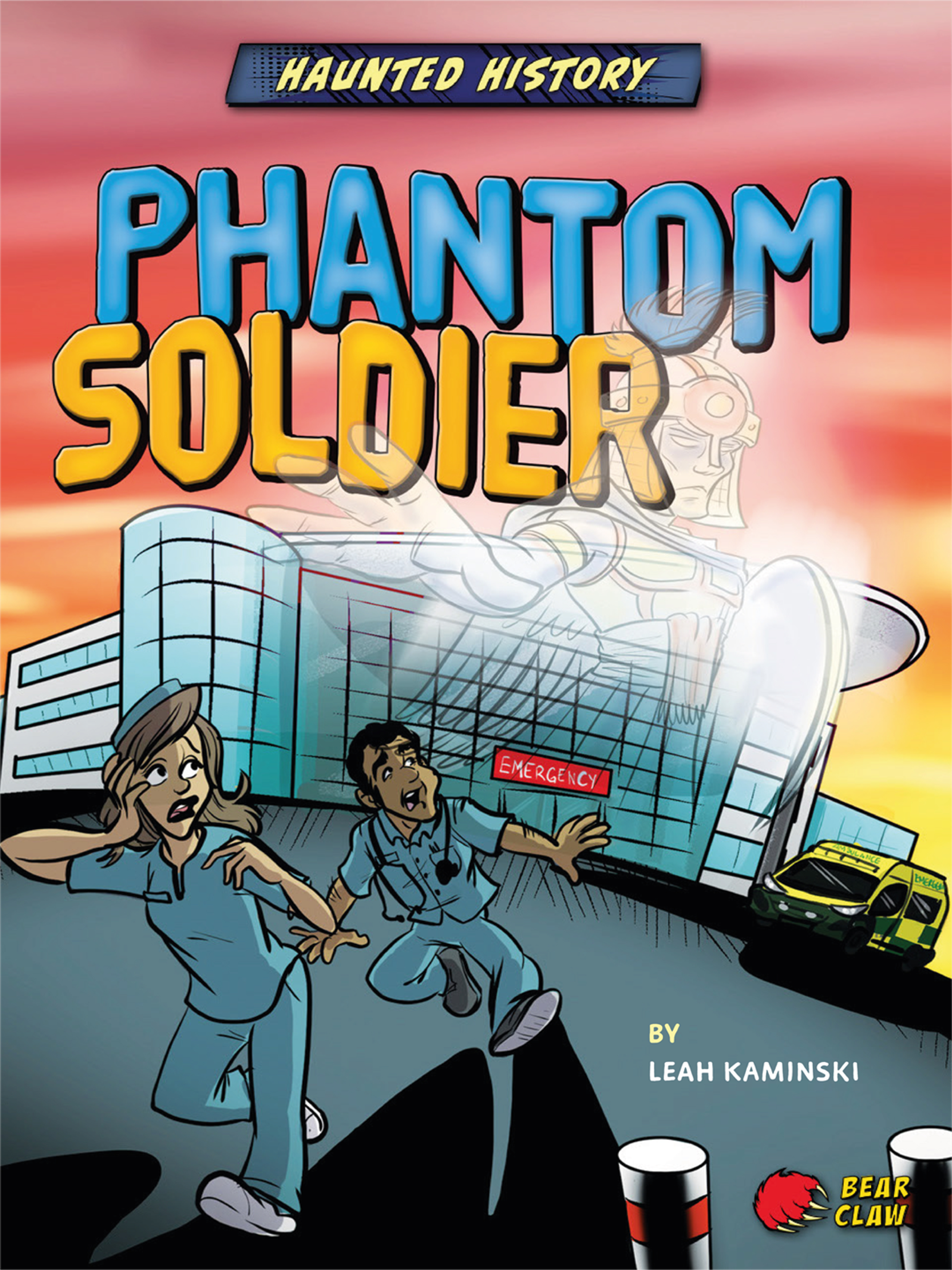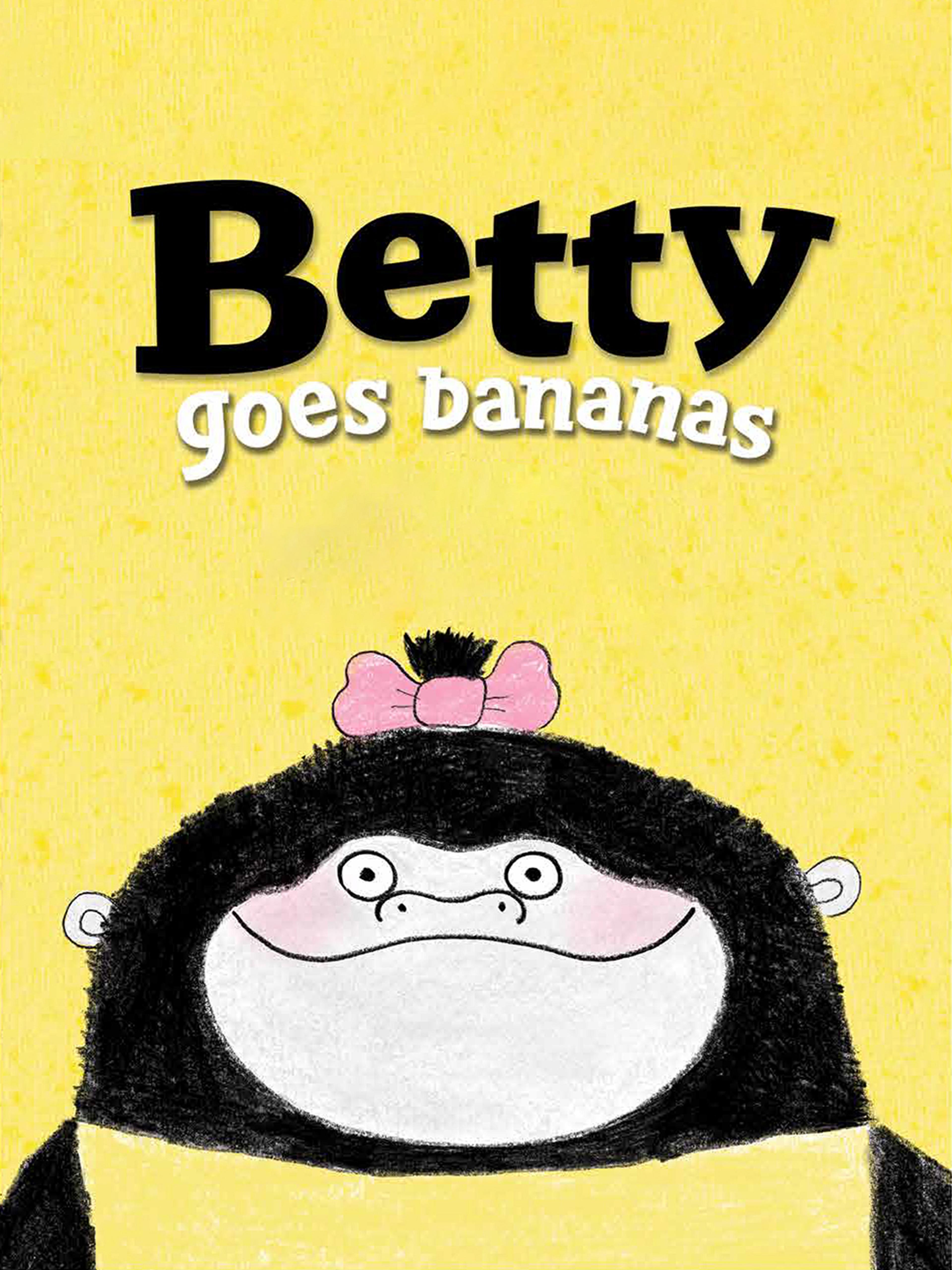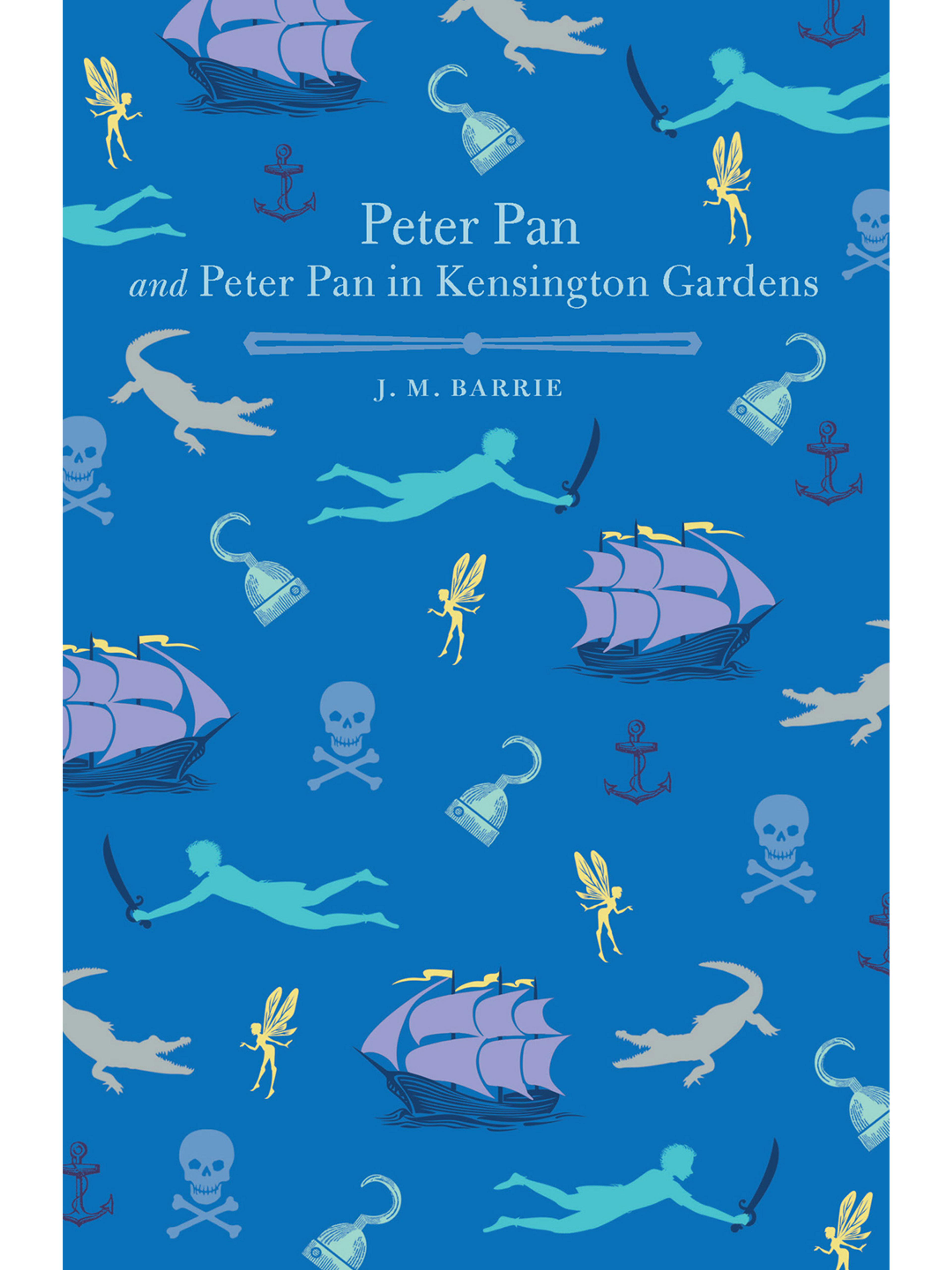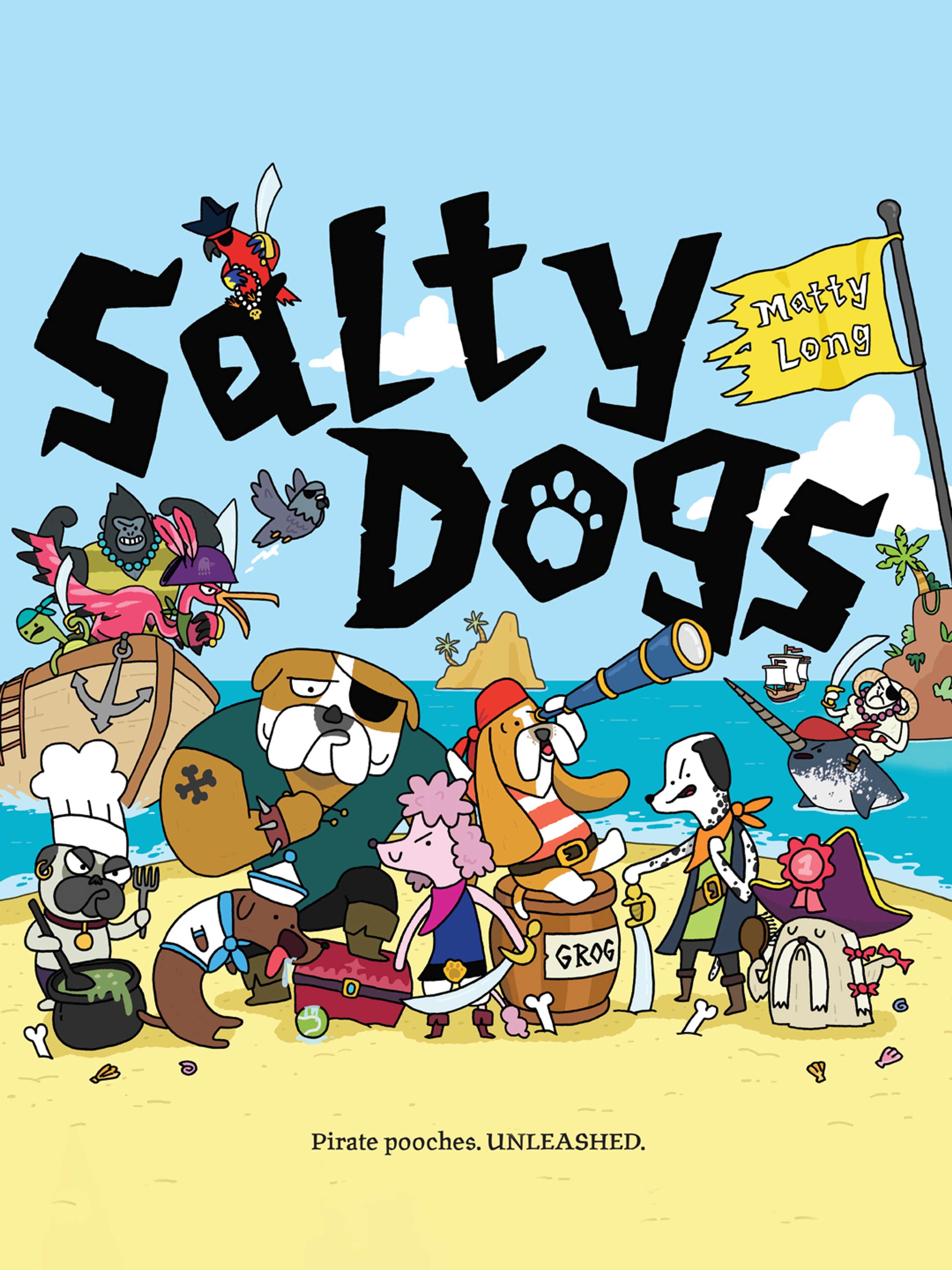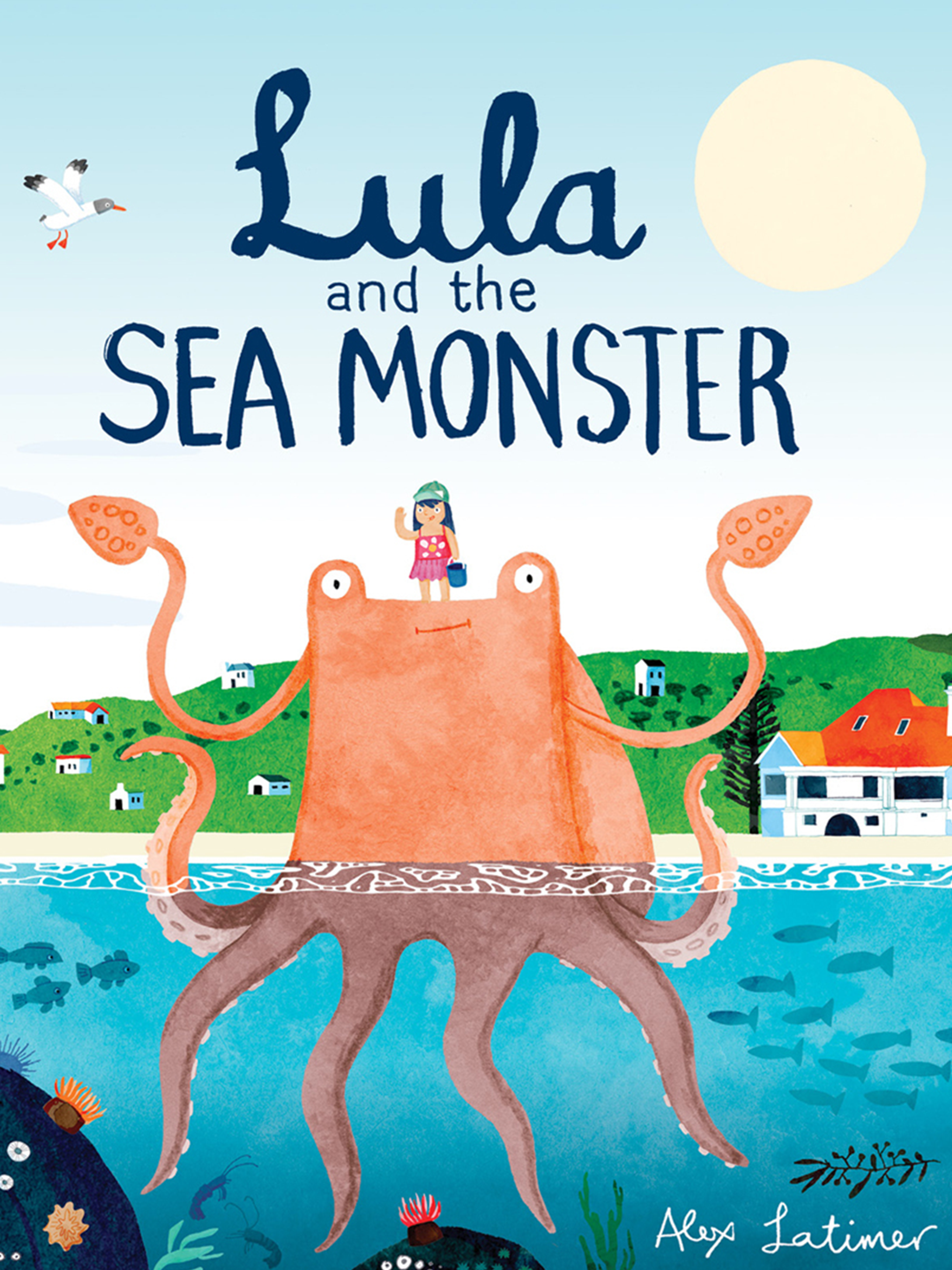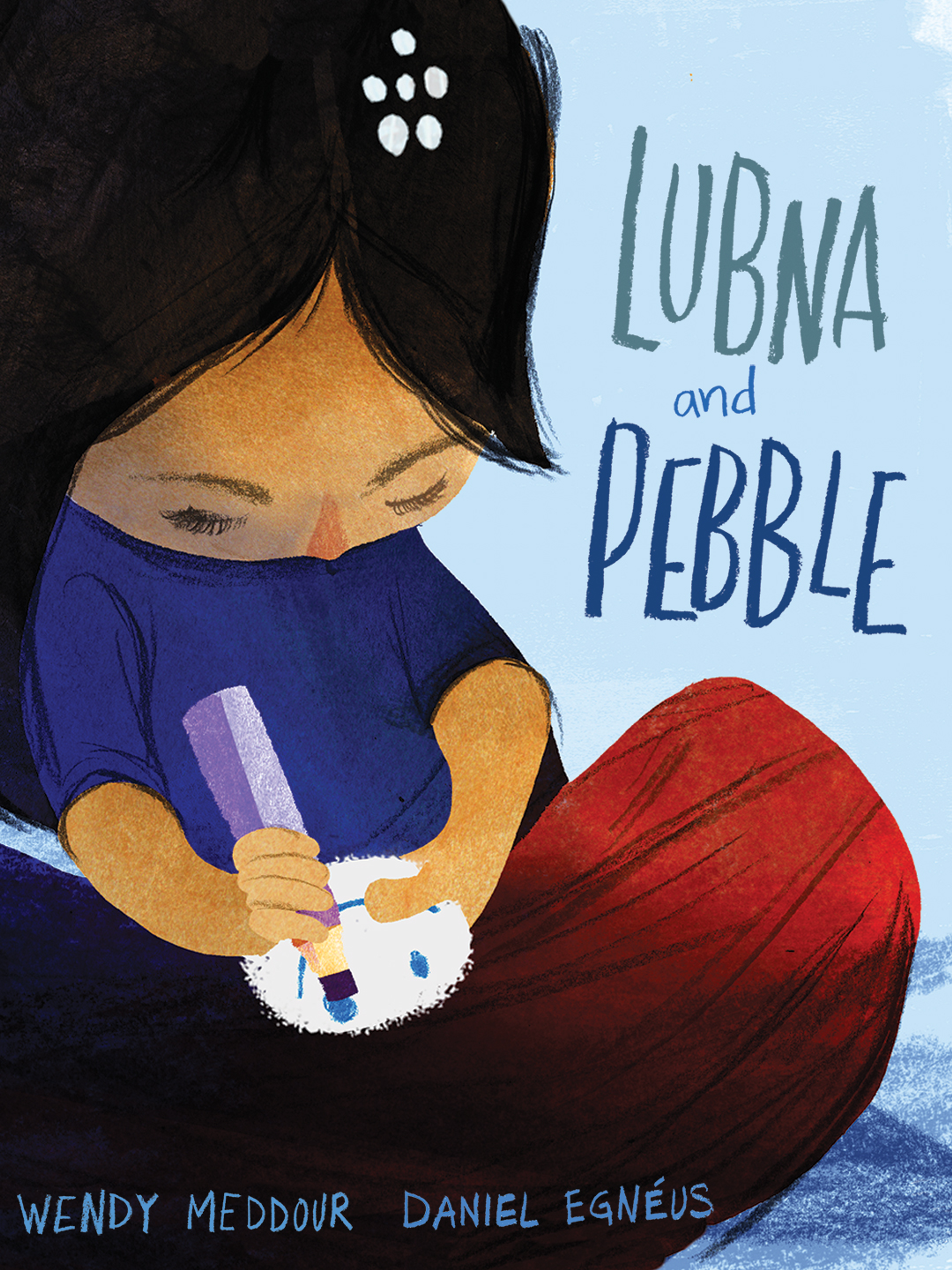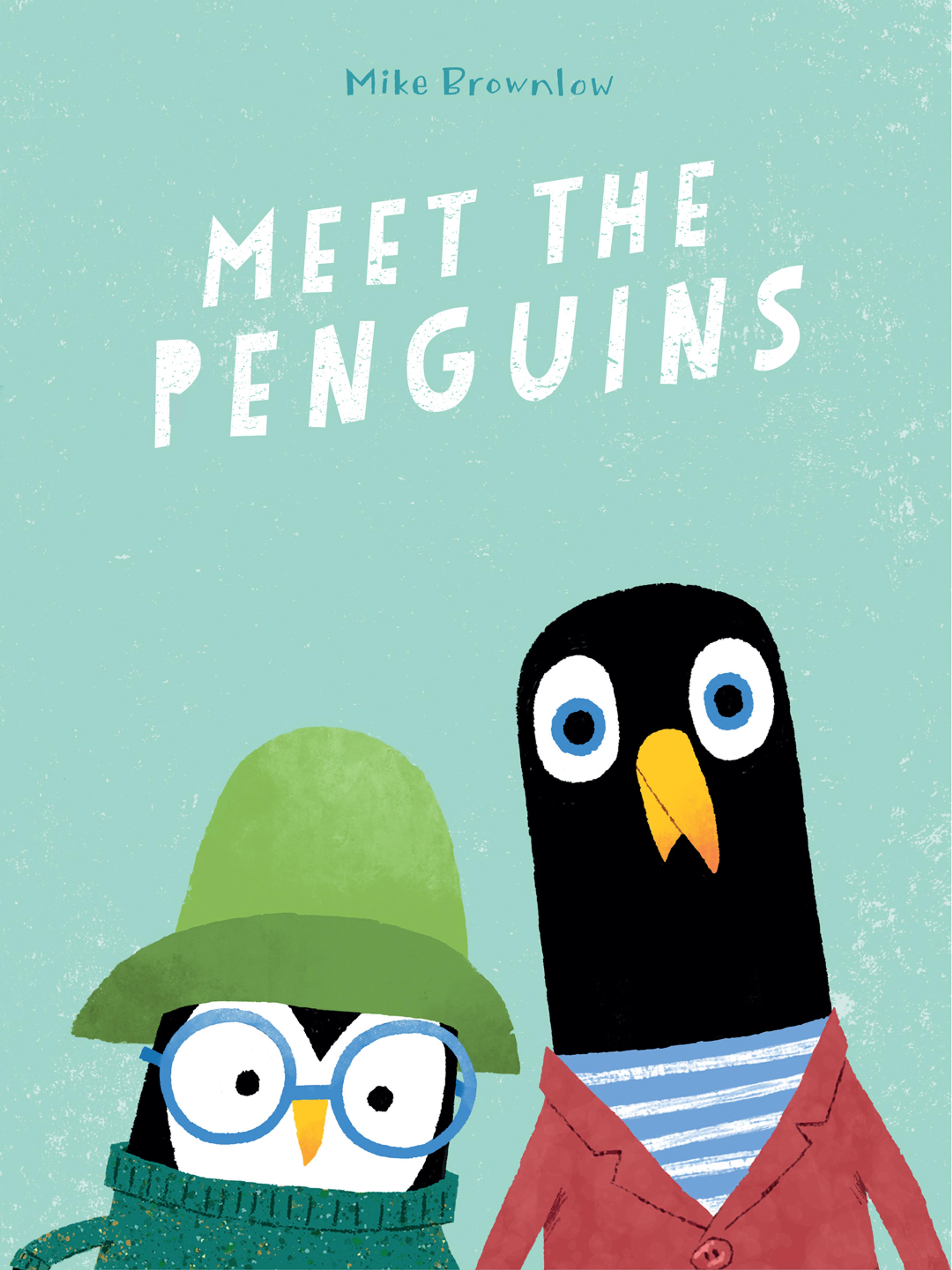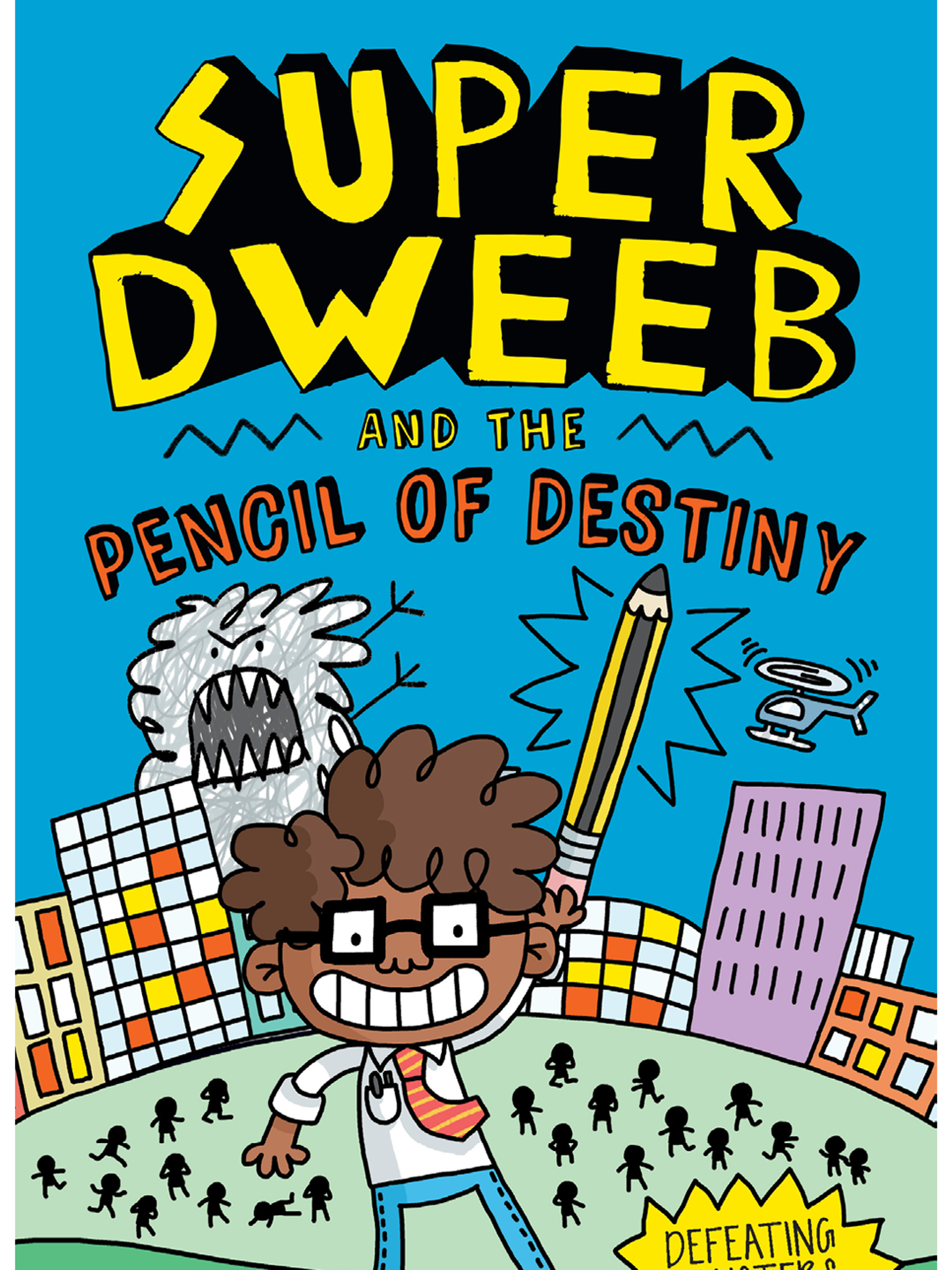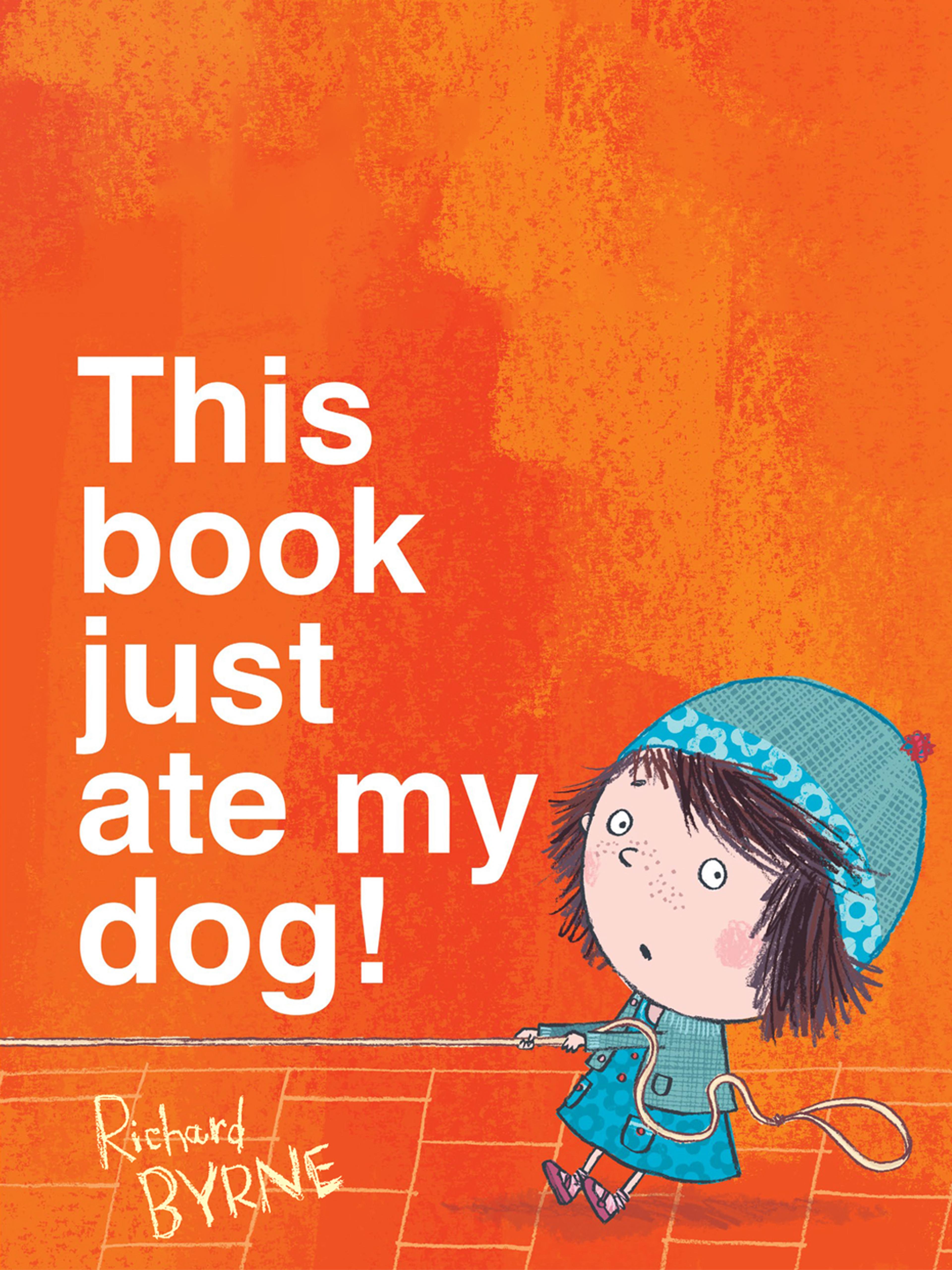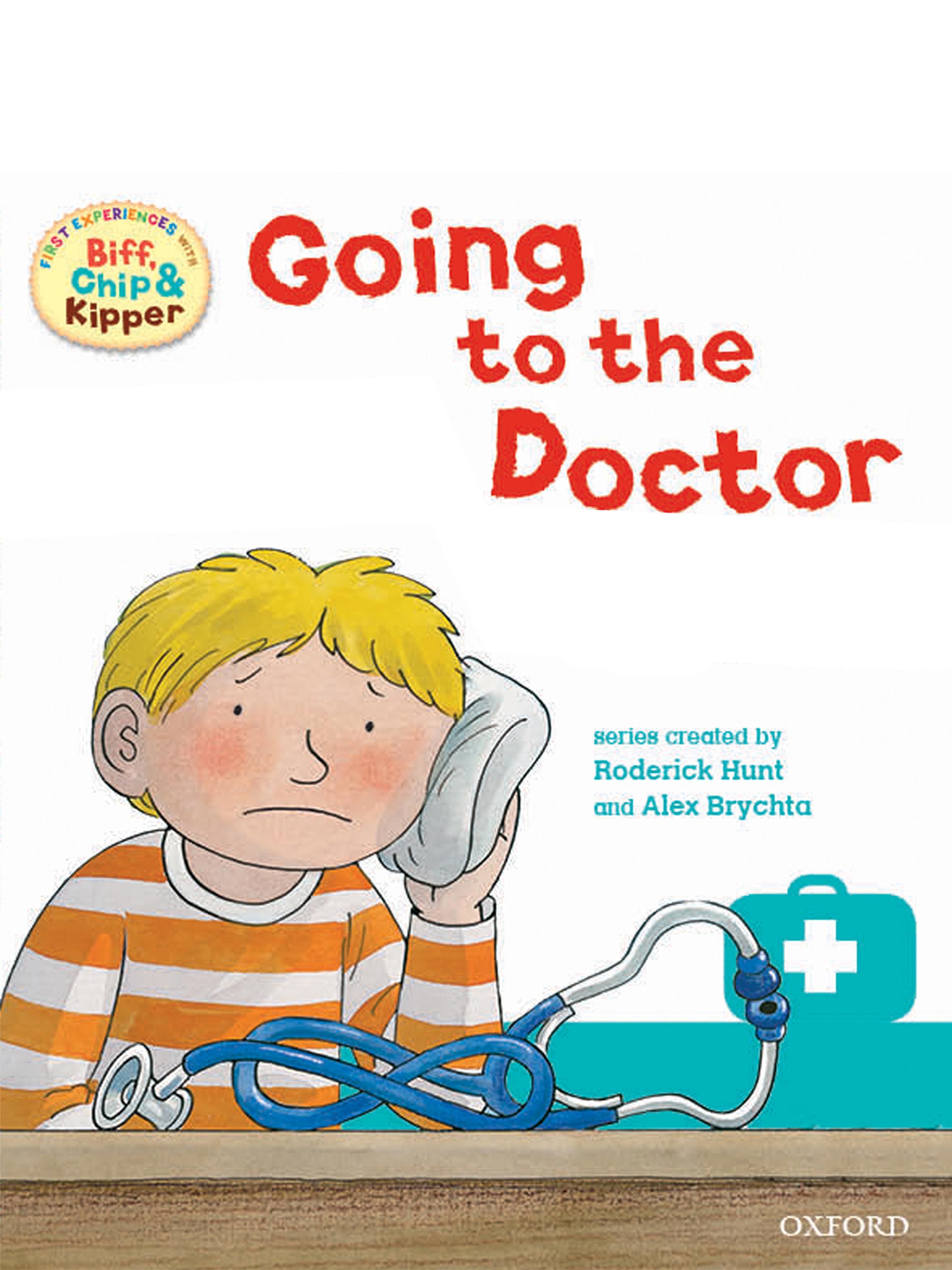Reading Stages
Pickatale Reading Stages provide best-fit guidance for book selection as children develop skills and interests in reading. Prior to being given a stage, each book is carefully reviewed for format, language and phonics, vocabulary, sentence and paragraph structure, themes and subject matter, content complexity, and image or audio support.
A framework for progression in reading
Spanning eight stages, our framework offers progression for all readers: from those who are just learning to read, to proficient, independent readers. The stages approximately align with reading age, and they give an indication of demands on fluency, comprehension and reading stamina.
Download our PDF guide about our Reading Stages for more details: Pickatale Reading Stages
Discover our Reading Stages
Reading Stage 0
For children who are just learning to read.
These short, simple, richly illustrated books spark wonder and encourage young readers to explore the magic of storytelling.
All stage 0 books include the option to read with narration and word highlighting, giving children the opportunity to enjoy books at their level before they’re able to read independently.
Reading Stage 1
For children practising emerging reading skills and beginning to read with more confidence.
Stage 1 books often offer children a window on the world, providing ample opportunity for young readers to make connections to their own lives.
All books include the option to read with narration and word highlighting to support fluency and comprehension in emerging readers.
Reading Stage 2
For children reading stage-appropriate texts silently or aloud.
Stage 2 books help develop reading stamina and consolidate reading skills in novice readers.
A variety of genres and styles encourage broad and diverse reading as children develop their own interests. Pictures still heavily support engagement and understanding, and all books include the option to read with both narration and word highlighting.
Reading Stage 3
For children who are reading independently with increasing confidence and accuracy.
Stage 3 books have fewer pictures, and children are encouraged to become increasingly reliant on fluency, comprehension and reading stamina.
Some stage 3 books contain short chapters, and books often include the option to read with narration to motivate transitional, struggling or reluctant readers.
Reading Stage 4
For children who are reading silently for sustained periods of time.
Stage 4 books are increasingly diverse, offering a variety of subject matter for readers who are developing their own preferences.
More emphasis is given to the text than images, and many books have chapters. The books are often longer and language and vocabulary are more challenging.
Reading Stage 5
For children who are reading a broad and diverse range of texts with confidence, comprehension and stamina.
Stage 5 books become longer and more challenging.
Books have longer chapters or sections, vocabulary is more sophisticated, and meaning is often more nuanced. The books may contain little or no image support.
Reading Stage 6
For confident readers who are independently reading - and understanding - challenging books with perseverance.
Stage 6 books tend to be longer, and they might contain demanding language and cover more complex themes.
Reading Stage 6+
For high-ability readers who are able to independently read and understand long, challenging texts.
Stage 6+ books often contain complex technical or literary language and demanding vocabulary. Themes may be more mature.
Discover our exciting world of books
Try 30 days for free →Was this article helpful?
That’s Great!
Thank you for your feedback
Sorry! We couldn't be helpful
Thank you for your feedback
Feedback sent
We appreciate your effort and will try to fix the article

